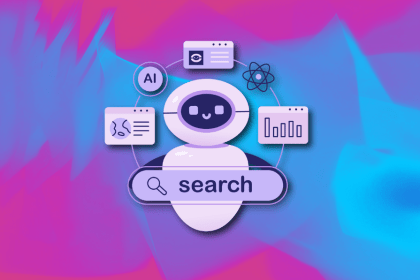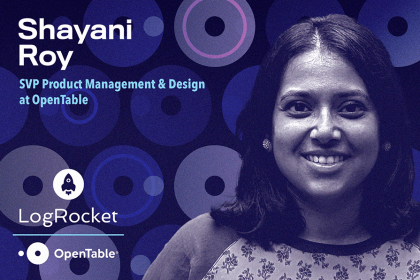
After designing AI search systems, I’ve seen what builds trust — and what kills it. Here’s my take on what really works.

Paul Weston talks about “quantifying the unquantifiable,” i.e., bringing in objective data for things that otherwise seem hard to measure.

Apple Intelligence is here. What does it mean for frontend dev and UX? Explore the core features of the update, do’s and don’ts for designing with Apple Intelligence in mind, and reflect on the future of AI design.

Adrienne Wang talks about how she’s learned to think creatively about products while also prioritizing scalable solutions.

Discovery isn’t always worth it. Learn when to skip the research, trust your gut, and ship fast without slowing down your product team.

Learn how to use AI for faster, smarter customer discovery—without losing the human insight that makes product work effective.

Streamline your UX process with proven techniques for research, ideation, prototyping, and testing — explained step by step.

Alicia Littleton talks about the importance of empathy and flexibility in the workplace when team members go through life changes.

Asking better design questions means fewer vague answers and more progress. Here’s how to replace dead-end prompts with feedback that works.

Shayani Roy talks about balancing innovation with speed, thoughtfulness, and commitment to solving customer problems.

Explore six of the best, easiest, most configurable, and convenient CSS animation libraries available in 2025.

Behind every smooth user journey is a content designer shaping the words, structure, and flow. Here’s how they do it.